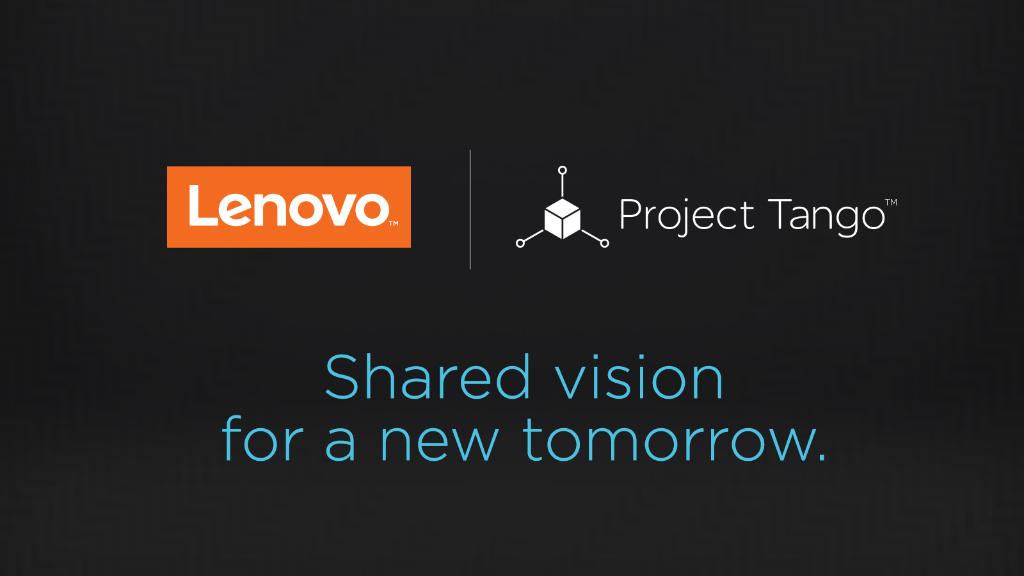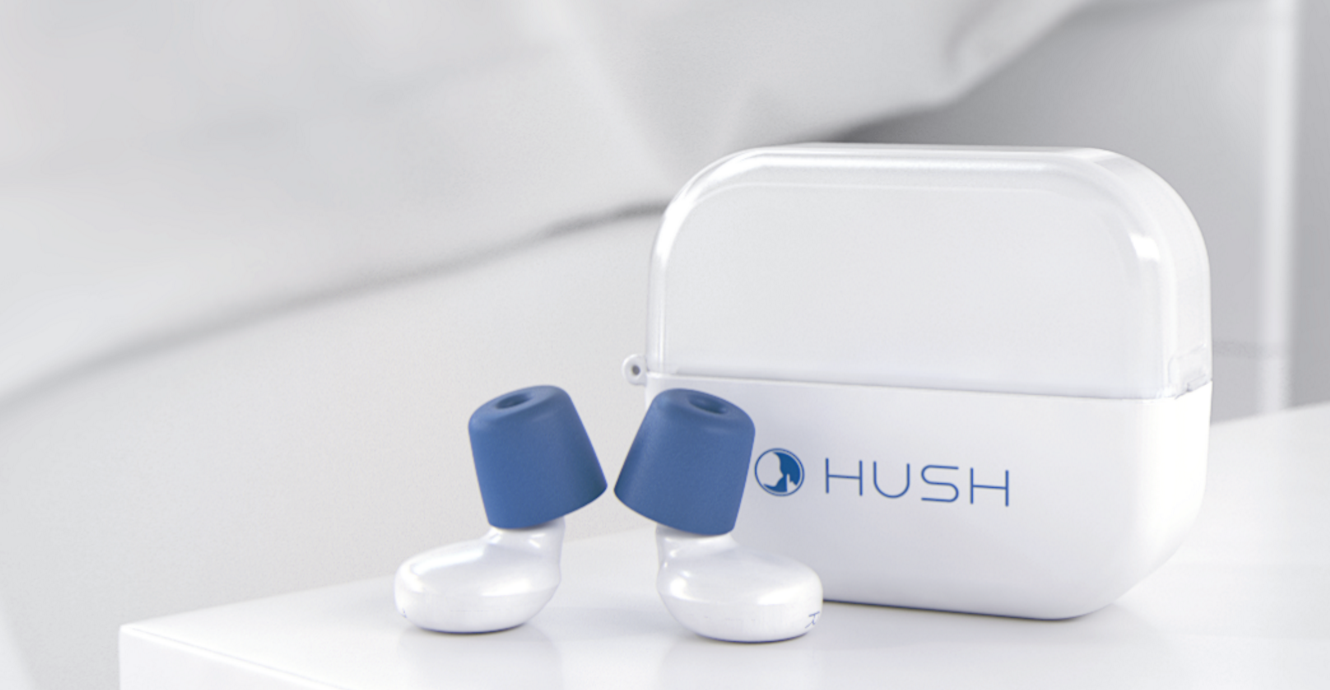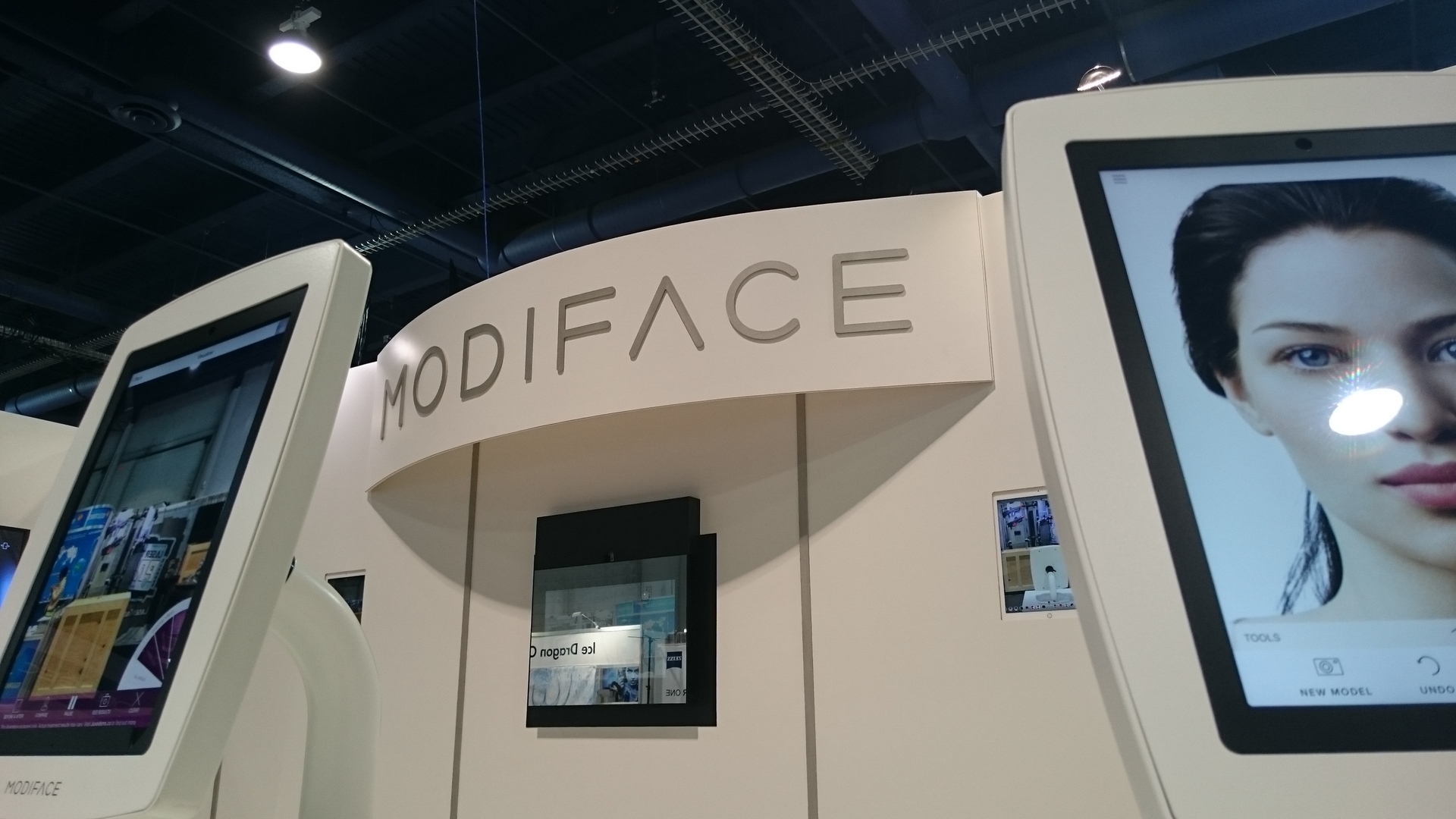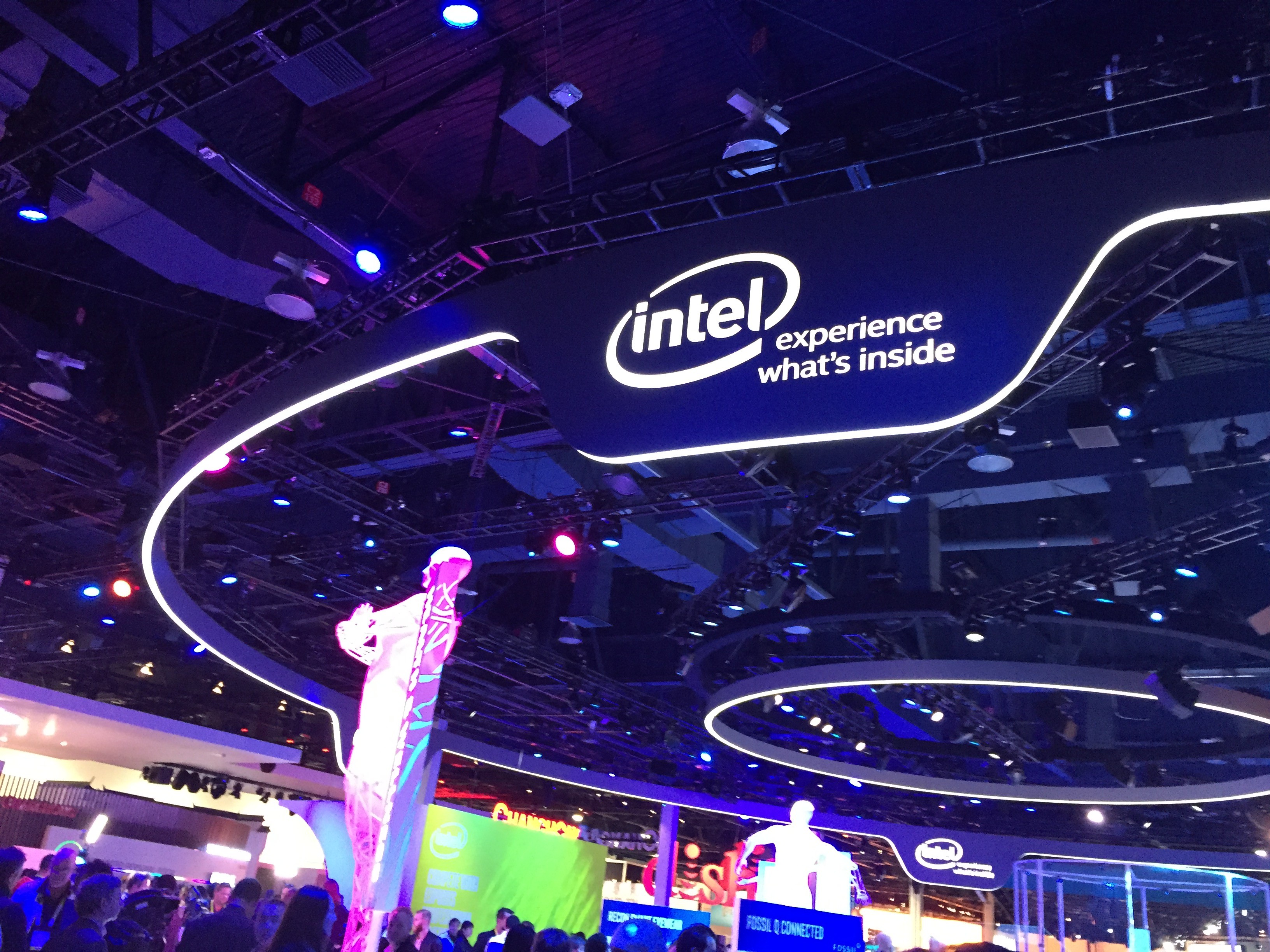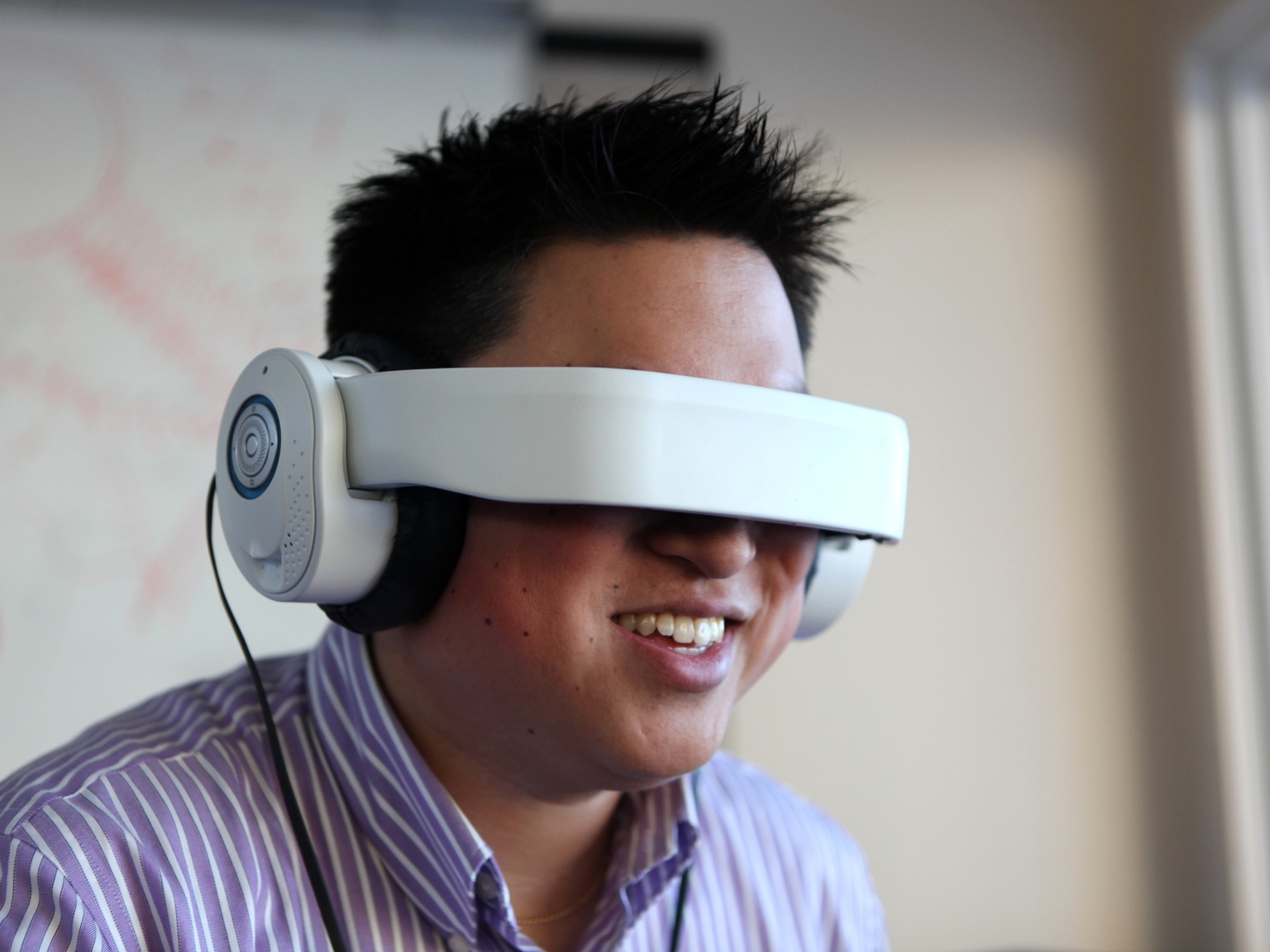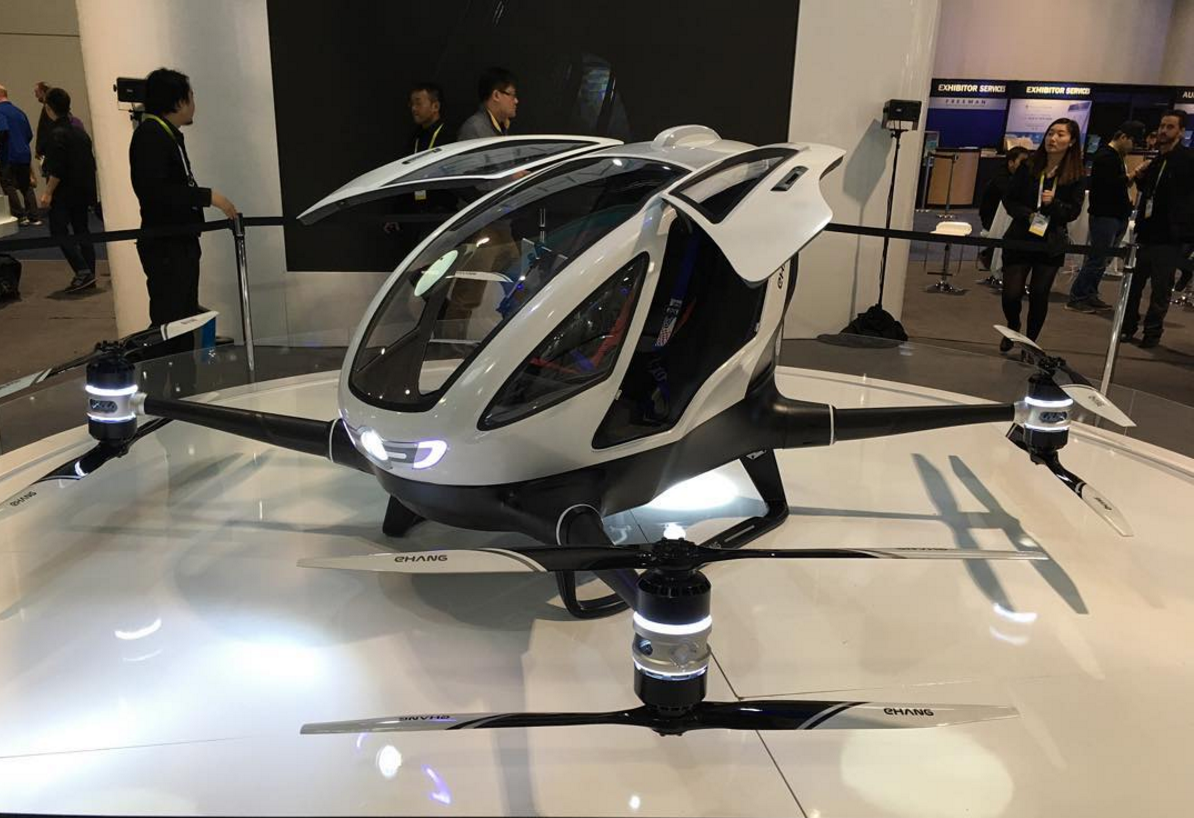On Monday, January 11th, the Media Lab attended the 68th New Jersey Tech Meetup. The guest speaker for this first meetup of the year was Mark Gerson, the co-founder and Chairman of the Gerson Lehrman Group and of Thuzio, a service that connects businesses to celebrities for local appearances. He has also founded a number of philanthropic organizations including United Rescue and the African Mission Healthcare Foundation. Mr. Gerson spoke about his early history as an entrepreneur, beginning with a $50 wager over fantasy basketball in grade school. After this early taste of success, Mr. Gerson shared his experience as a founder where he had to pivot and adapt his companies’ missions in order to fit the market and client demand. He also shared a good bit of advice on starting a company, which was to find the dumbest person you know and tell them your idea. If they don’t understand, refine the idea.
Aside from the fireside chat, three entrepreneurs took the stage to introduce the group to their new businesses. Indicative, based in Union Square, provides behavioral analytics for marketers with a focus on clean data visualization for the end user. HYPR is a marketplace that connects brands to relevant social media influencers based on their proprietary grading system. Their three main verticals include political campaigns, app promotion, and CPG. They are active on a variety of social media, including Pinterest, Facebook, Twitter, Instagram, and Vine.
Last but not least, GrownOcean presented their mobile app for adventure travel planning. The app allows users to create a bucket list of adventures and helps them sort out the logistics by making lodging and travel recommendations, as well as providing a supply checklist for their voyage. Although still in the early stages of growing their user-base, GrownOcean is set up to enable brands to promote content in the form of custom adventures and recommended travel items, with a link to purchase.
The NJ Tech Meetup kicked off 2016 with an impressive array of inspirational entrepreneurs and the Lab is excited to see what else is in store for the new year.

